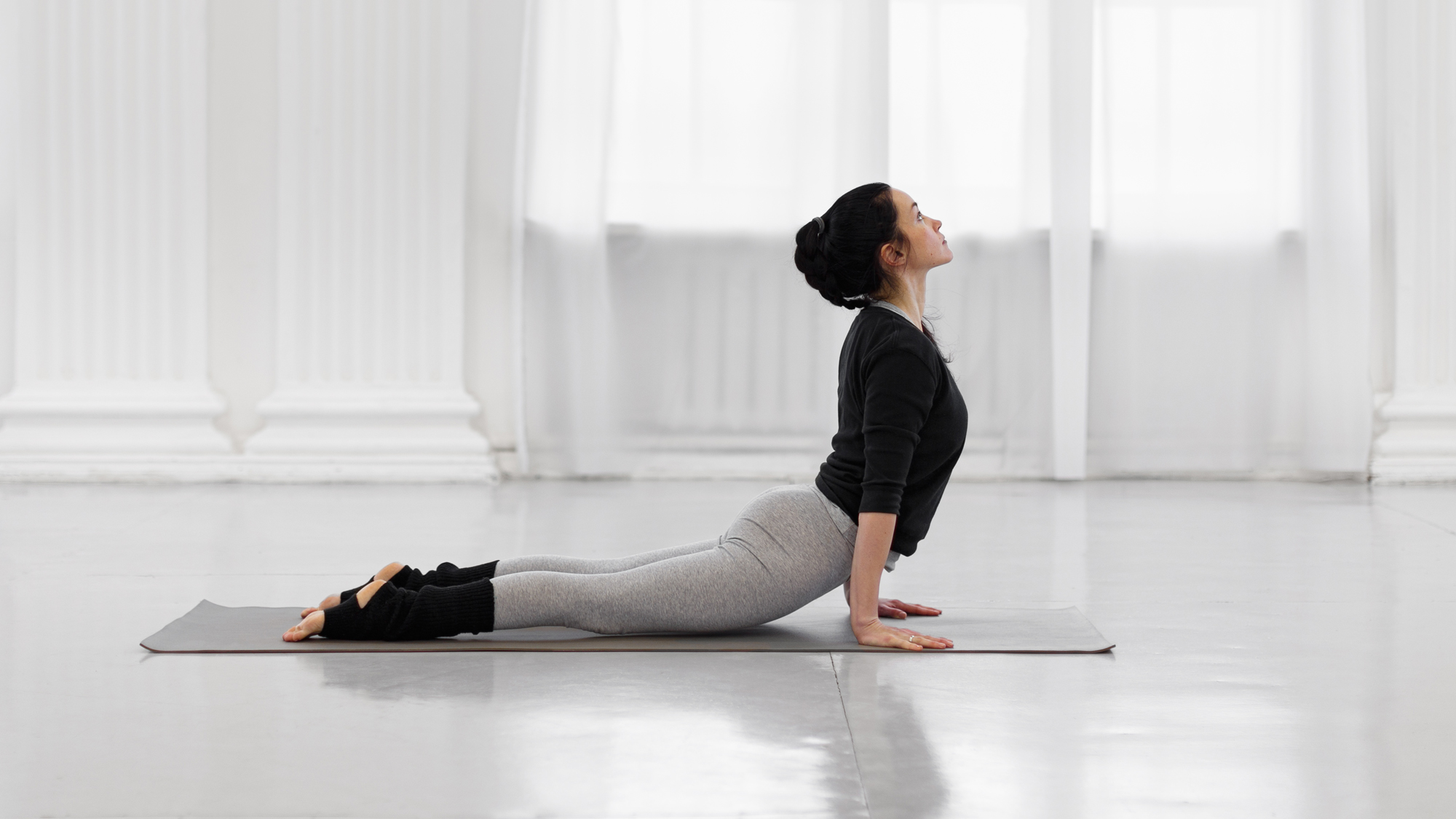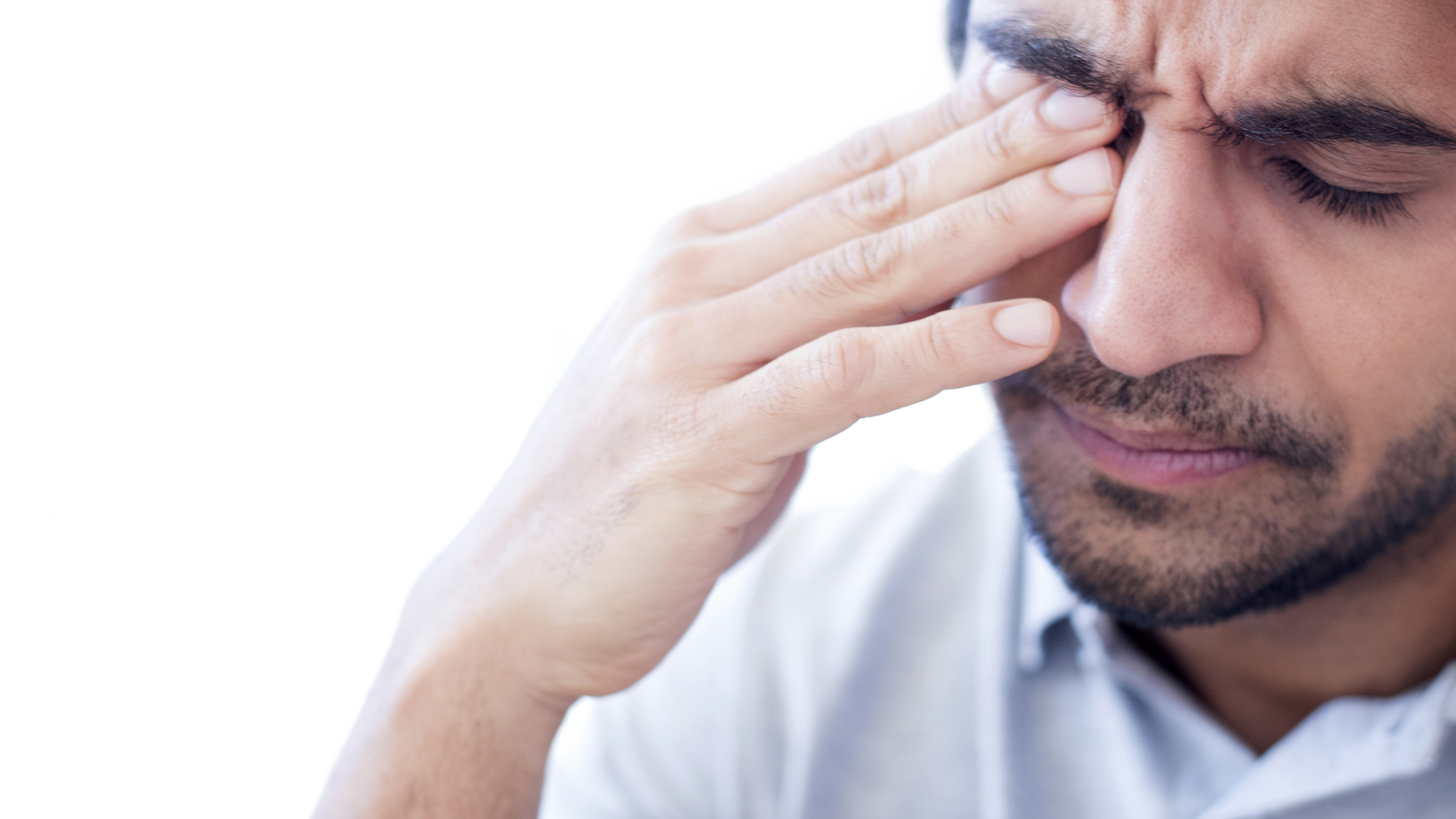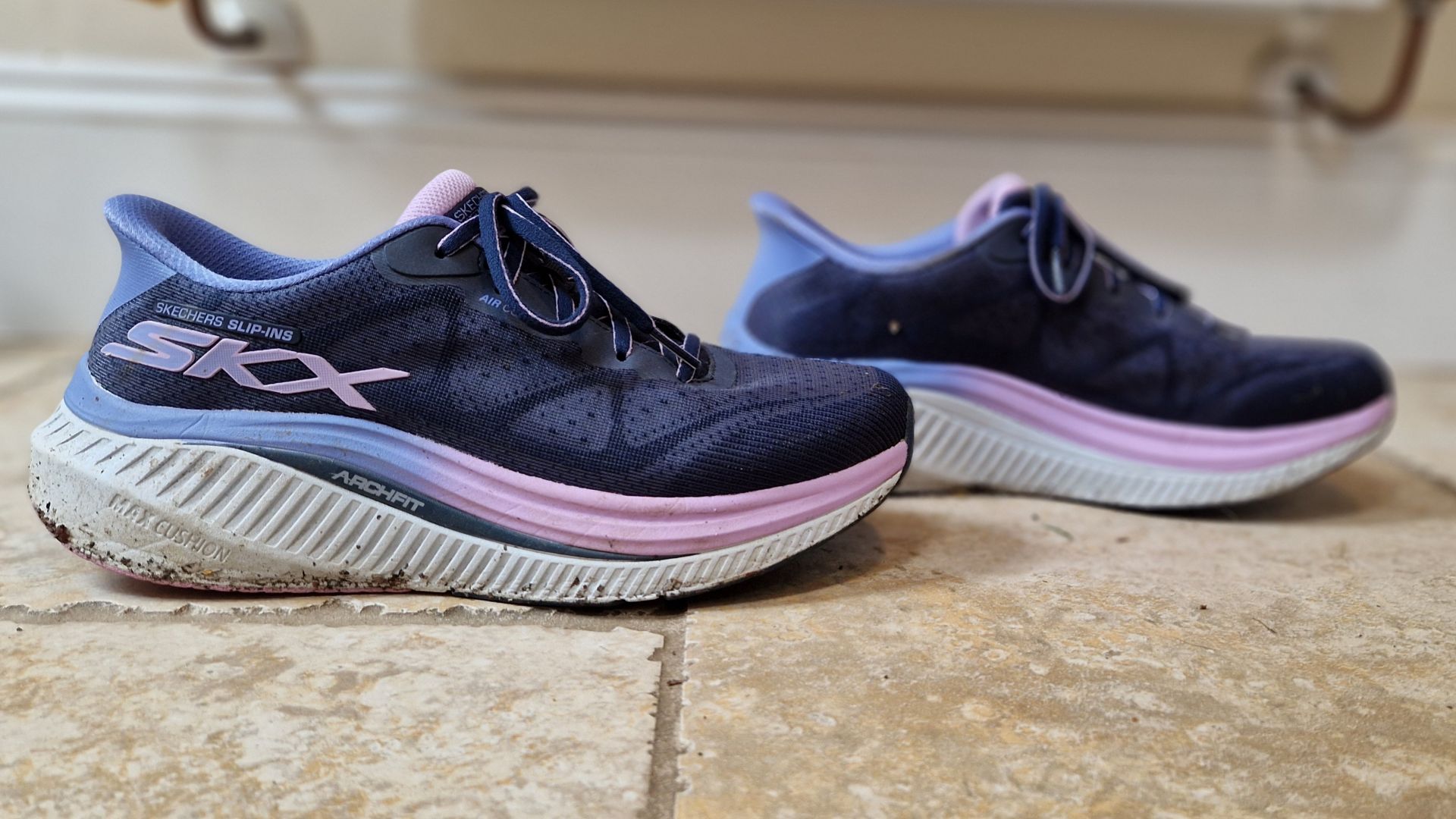Yoga could reduce your headaches by almost 50%
Migraines can be debilitating, but research shows that a regular yoga practice can make them less frequent and painful.


Migraines are a debilitating form of headache. The pain can be severe, it can sometimes last several days, and other symptoms include nausea and sensitivity to light and sound.
Around 15% of us will suffer from migraines, making it one of the most prevalent conditions globally. Despite this, there's no cure-all treatment for migraines. Instead, sufferers take a range of medications and make lifestyle changes to accommodate their condition.
However, researchers at the All India Institute of Medical Sciences may have found another effective intervention - yoga.
The study found that using yoga as an 'add-on' to migraine management reduced headaches by 48% - compared to just 12% by using medication only. So if you're a migraine sufferer, now could be the time to invest in one of the best yoga mats and take up the ancient practice.
As part of the study, the researchers enrolled participants between the ages of 18 and 50 with up 14 episodic migraines per month. They were randomly assigned to one of two trial groups; those who took medication only and those who would take medication and do yoga.
Initially, the yoga group was taught a one-hour practice and was then monitored by an instructor three days a week for a month. Across the following two months, these participants practiced yoga five times a week. All trial participants were provided with medications and information on migraine-specific lifestyle changes. This included advice on getting enough sleep, eating regularly, and exercising.

For the duration of the study, all participants filled in a log detailing the frequency and severity of their headaches and which medications they took. The researchers analyzed the data and found that the yoga group reported a 48% reduction in headaches—4.7 per month, down from 9.1 at the beginning of the study. Comparatively, the medication-only group also showed a 12% reduction, from 7.7 headaches per month to 6.8 at the end of the three months.
Get the Fit&Well Newsletter
Start your week with achievable workout ideas, health tips and wellbeing advice in your inbox.
The yoga group also showed a 47% reduction in the number of pills taken. According to the study's author, Rohit Bhatia, as both groups had access to the same resources, the "results show that yoga can reduce not just the pain, but also the treatment cost of migraines." It's great news for migraine sufferers, although Bhatia hopes future research will establish the long-term potential for yoga-based treatment.
"Once we gain an understanding of what our triggers are, we can then more successfully prevent or manage a migraine attack," notes Katy Bateman, a qualified yoga teacher who also suffers from migraines. For Katy, her specific triggers relate to shifts in hormones, right-side neck muscles, and photosensitivity.
How to manage migraines with yoga
Some specific interventions might help prevent the onset of migraines or reduce the pain of these headaches. According to Katy, if you have tightness in your neck, shoulders, or pecks, consider "gentle heart openers and neck releases combined with slowing down [your] breath, [which] can be a fantastic preventative measure for migraine sufferers."
Should you feel a migraine coming on, she advises going into a pose known as Viparita Karani, where your legs are supported up a wall. "The inversions we might find in physical yoga classes - downward facing dog, forward folds, shoulder, and headstands - encourage blood to flush through some the pituitary and thyroid glands and in turn stimulate and balance their hormonal secretion."
Speaking of her own experience, Katy has found that "slowly regulating my breath - encouraging my exhale to be longer than the inhale - can really help to prevent a migraine attack if I feel one coming on." This is one of the reasons she promotes Nadi Shodhana, a relaxing breathing technique. "The alternate nostril breathing helps to stimulate and balance both hemispheres of the brain and can help to ease a migraine."
Having a distraction to focus on helps manage the pain of in-progress migraines too. The alternative forms of breathing help activate the parasympathetic nervous system, reducing so-called stress hormones.
Even if you don't experience painful headaches, it's worth adding yoga to your weekly routine. Previous research has shown that the practice can reduce stress, lower your blood pressure, improve your posture, and make you more flexible. Many people find it a calming, mindful activity, although you could also learn how to meditate to reduce stress.
Some people find aromatherapy eases their headaches, so consider getting yourself one of the best diffusers for essential oils. And although you don't need many accessories to get started, one of the best yoga mats will offer great support throughout your practice.

James is a London-based journalist and Fitness Editor at Fit&Well. He has over five years experience in fitness tech, including time spent as the Buyer’s Guide Editor and Staff Writer at technology publication MakeUseOf. In 2014 he was diagnosed with a chronic health condition, which spurred his interest in health, fitness, and lifestyle management.
In the years since, he has become a devoted meditator, experimented with workout styles and exercises, and used various gadgets to monitor his health. In recent times, James has been absorbed by the intersection between mental health, fitness, sustainability, and environmentalism. When not concerning himself with health and technology, James can be found excitedly checking out each week’s New Music Friday releases.
-
 These are the exercises that actually help shin splints, according to a kinesiologist
These are the exercises that actually help shin splints, according to a kinesiologistIf you run a lot you need to try these moves
By Maddy Biddulph
-
 I have bunions, but I can't feel them with these affordable Skechers walking shoes—now 22% off at Zappos
I have bunions, but I can't feel them with these affordable Skechers walking shoes—now 22% off at ZapposDeal A generous toe box makes the Skechers Max Cushioning Arch Fit Areena perfect for wide feet
By Lou Mudge